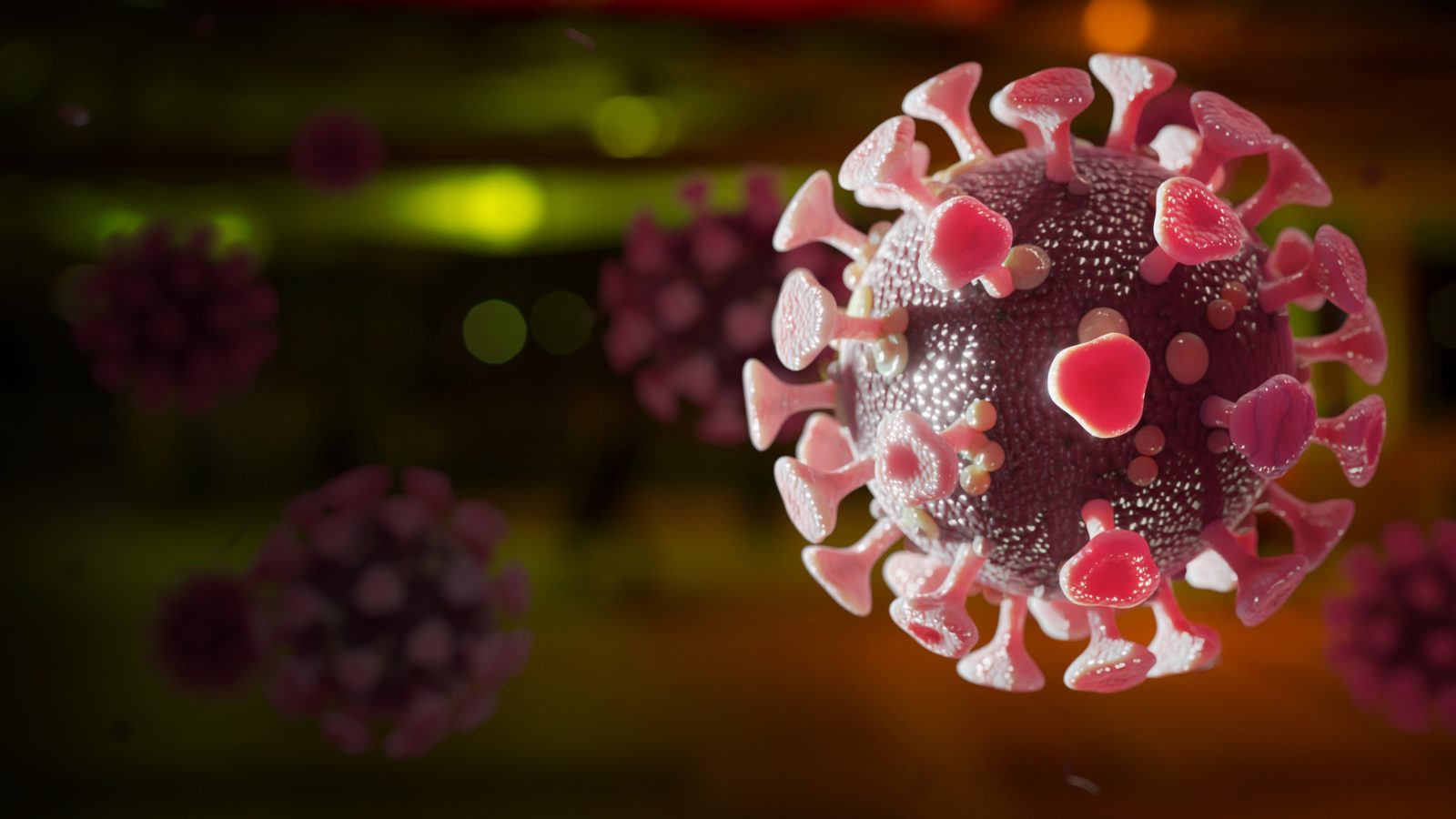Evolution, Design, and COVID-19
Originally published at Evolution NewsI’ve been asked to comment on the coronavirus epidemic and evolution. Much of what I wrote six years ago during an outbreak of Ebola virus applies to the current predicament as well.1 The bottom line is that, while of course the virus is dangerous, the situation can be compared to a strong storm on the ocean. The waves may be huge and the surface roiling, but the deeper waters continue as they always have, essentially undisturbed. In a similar way, although superficially it changes very rapidly, some researchers think that the coronavirus2 and many other virus types3 have remained basically the same for tens of millions of years.
What Is a Virus?
Viruses are scraps of genetic material (some composed of DNA, some of RNA, usually wrapped in a protein coat) whose total genetic information ranges from about one ten-thousandth to about one millionth that of the human genome. A virus cannot reproduce by itself; rather, it has to hijack a host cell’s molecular machinery to do so. The immune system fights it every step of the way, but sometimes loses. When the virus wins, the replication and release of its progeny can trash a cell. If many cells are damaged by the multiplying particles, serious health consequences result.
In order to enter a cell, a protein on the surface of the virus particle must bind specifically to a “receptor” protein sticking out from the surface of the cell. It can be likened to a skeleton key that can fit a few kinds of locks, allowing a burglar to enter a home. Once inside, the burglar can use his standard tools to loot and pillage. But the key is key — unless the key fits, the home is safe. Viral mutations can change the shape of the skeleton key at random. Most of the time the process doesn’t work but, every once in a while, the virus hits the jackpot. In some cases, a viral key that had bound to a wild-animal protein mutates and becomes able to bind to a similar human protein. If a human is in close contact with the animal, the virus may be able to jump over. Then, like an invasive species in a new environment, the virus can multiply until the immune system learns to deal with it. Various common strains of coronavirus infect humans and cause the usually mild symptoms of the common cold. But when an animal coronavirus strain crosses over to humans (such as the SARS virus of the early 2000s, the MERS virus a decade later, and the current COVID-19), it can be much more virulent.4
Viral Design
So, do I think viruses were designed? Yes, I most certainly do! The viruses of which we are aware — including the coronaviruses, Ebola, and HIV — are exquisitely, purposively arranged, which is the clear signature of intelligent design. Well, then does that mean the designer is evil and wants people to suffer? No, not necessarily. I’m a biochemist, not a philosopher. Nonetheless, I see no reason why a designer even of such things as viruses should be classified as bad on that basis alone.
I started this post with an analogy of a storm on the ocean. Certainly, if we were on a ship in a powerful storm, we might be excused for thinking storms are bad. But in calmer moments we understand that on balance the ocean is very good and that, given an ocean and the laws of nature, storms will arise from time to time. What’s more, we just might get caught in one. In the same way, most viruses do not affect humans and may well have a positive, necessary role to play in nature of which we are currently unaware.5 (I would bet on it.) From time to time a storm arises in the virosphere and affects humans. But that’s no reason to think either that viruses weren’t designed or that the designer of viruses isn’t good.
References
- Behe, M. J. 2014. Evolution and the Ebola virus: Pacing a small cage. Evolution News https://evolutionnews.org/2014/10/evolution_and_t/
- Wertheim, J. O. et al. 2013. A case for the ancient origin of coronaviruses. Journal of Virology 87:7039-7045.
- Simmonds, P., Aiewsakun, P. and Katzourakis, A. 2019. Prisoners of war — host adaptation and its constraints on virus evolution. Nature Reviews Microbiology 17:321-328.
- Cui, J., Li,F., and Shi, Z. 2019. Origin and evolution of pathogenic coronaviruses. Nature Reviews Microbiology 17:181-192.
- Roossinck, M. J. 2011. The good viruses: viral mutualistic symbioses. Nature Reviews Microbiology9:99-108.
